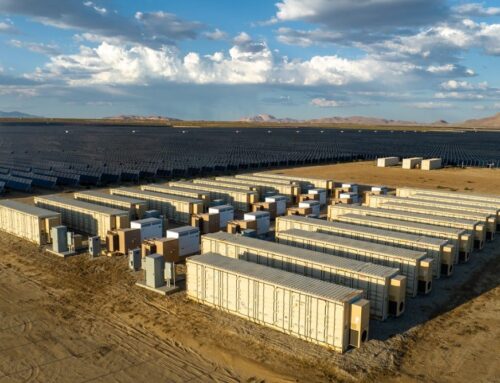Awaiting Promised Support From the West, Indonesia Proceeds With Its Ambitious Energy Transition
October 7, 2024
JAKARTA—A blanket of 340,000 solar panels floats on a crystal-blue reservoir outside Jakarta, generating enough energy to power 50,000 homes. Just 10 months old, the Cirata Floating Solar Power Plant is the third-largest facility of its kind in the world.
Four hours away by car, a coal-fired power plant spews steam into the sky through its towering red-and-white striped chimney. Mid-sized in terms of energy production, the Cirebon-1 Steam Power facility is significant for another reason. Opened in 2012, it’s scheduled to close by 2035—almost a decade sooner than originally planned.
The energy operations represent two sides of Indonesia’s attempted transition, over the next quarter-century, from being a country dominantly fueled by coal to one powered by renewables.
At the heart of this effort is a new model of climate finance that relies on wealthy countries to bankroll the decarbonization of coal-dependent developing countries. Already, the United States and the United Kingdom have committed a combined $2 billion toward what is known as the Just Energy Transition Partnership (JETP).
The JETP is “one of the only vehicles that exists for wealthy countries, including their private sectors, to commit to providing financing for developing economies to transition to net zero,” said Scot Marciel, the former U.S. ambassador to Indonesia.
Proponents of the model are banking on success in Indonesia after seeing less-than-hoped-for results in South Africa, the first country to receive a JETP.
Government officials, financiers and energy developers in Indonesia are acknowledging that, even with JETP financing, the country cannot achieve its JETP targets: 44 percent renewables and carbon dioxide emissions capped at 250 million metric tons by 2030, and a net zero power sector by 2050, ten years earlier than the government’s net-zero goal for the entire country.
Still, they believe the JETP has been a positive force for galvanizing momentum and coordination for Indonesia’s energy transition.
Indonesia’s Just Energy Transition Partnership
Energy transitions are unfolding everywhere, but the stakes for Indonesia’s shift are particularly important as the world’s fourth most populous country, sixth biggest emitter of CO2 and top exporter of coal.
Indonesia is also one of four countries to receive a JETP, along with South Africa, Vietnam and Senegal. If the JETP succeeds, it will make history as the first-ever climate financing package to help a country reach net zero. A key piece of the JETP involves financing the early retirement of coal-fired power plants.
In 2022, at the G20 Leaders’ Summit in Bali, the government of Indonesia announced the JETP alongside members of the International Partners Group (IPG), co-led by Japan and the United States and including Canada, Denmark, the European Union, France, Germany, Norway, Italy and the United Kingdom.
Indonesia’s JETP is a $21.6 billion commitment of which $11.6 billion will come in the form of public money from the IPG. Private banks represented by the Glasgow Financial Alliance for Net Zero (GFANZ), a global coalition of finance institutions coordinating private sector financing for JETPs, will provide the remaining $10 billion.
Indonesia’s JETP follows the blueprint laid out in the Comprehensive Investment and Policy Plan (CIPP), a 334-page agreement between Indonesia and the IPG that was released in November 2023, one year after Indonesia’s JETP launch in Bali.

Coal accounts for more than 62 percent of Indonesia’s power generation, while renewable energy only makes up 14 percent. Wind and solar only comprise around 0.2 percent of that mix, far from the global per country average of 10 percent. The rest of Indonesia’s renewable energy comes from hydropower, biofuels and waste-to-energy.
Electricity generation emits the largest amount of CO2 in the country—43 percent—which is why the JETP focuses on this sector. The transportation and industrial sectors are the next largest emitters at 25 percent and 23 percent, respectively.
“Indonesia is a coal country,” said Lucky Nurrahmat, the Indonesia lead at the Global Energy Alliance for People and Planet. “Coal has been around since the very independence of Indonesia. We are dependent on it, but we cannot be forever. And the key to unlocking the energy transition is to solve the coal problem.”
Cirata Floating Solar
Cirata Floating Solar, the largest solar plant in Indonesia, with a capacity of 192 megawatts, secured financing before the JETP existed. But there is talk of an expansion project at Cirata, which may be tagged as a JETP project and receive funding from the $21.6 billion commitment.
The company’s office sits on a hill overlooking the 250-hectare section of the Cirata reservoir that is blanketed in floating solar panels. The solar panels themselves are the same as panels built on land, but instead of being mounted into the ground, they float on hollow plastic buoys designed to withstand extreme weather. Cables help anchor the panels in place and transmit the generated electricity to the grid onshore. The panels are sectioned off into 13 solar panel ‘islands.’ But, from a boat in the water, the panels appear to be one large mass, the equivalent in area of 14 football fields. It looked like the 340,000 panels had engulfed the reservoir.
Dimas Kaharudin, the plant’s operational director, has been in the energy business for more than a decade. He said ten years ago there was minimal interest and it wasn’t feasible to develop and finance renewable energy projects in Indonesia, given their hefty price compared to coal.
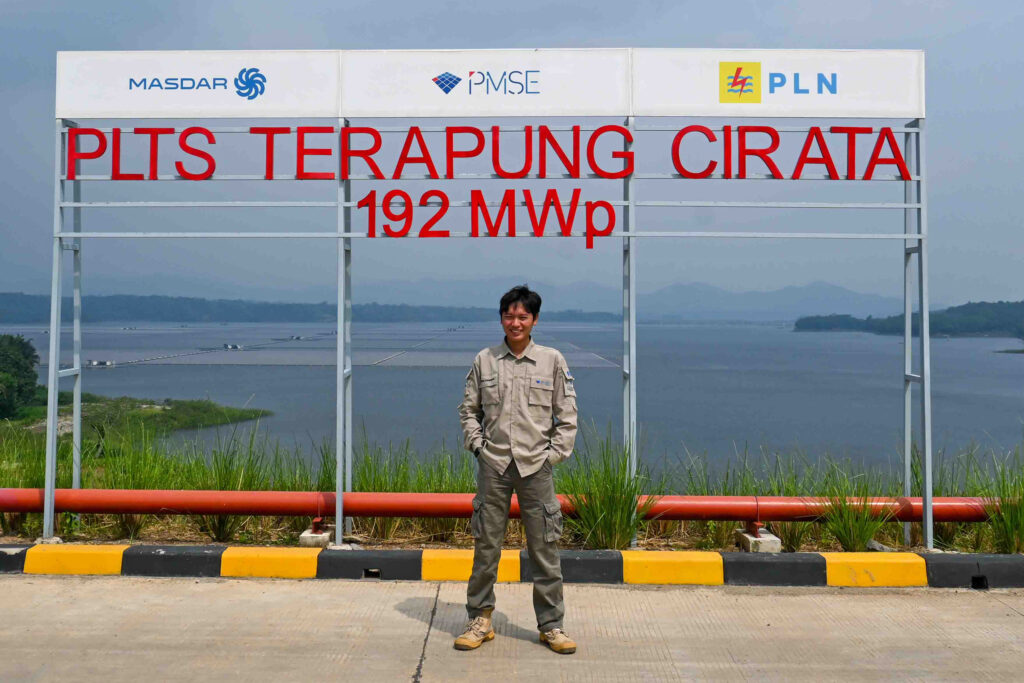
Today, Kaharudin said, the energy environment in Indonesia has drastically changed. The government is committed to the full-steam implementation of renewables and believes it is cost-competitive with coal. And, Cirata Floating Solar has become an energy model for Indonesia to follow.
“In numbers, the significance of this project is small because it only contributes around 0.1 percent of energy,” Kaharudin said. “But the significant impact of this project is not the production of energy. This project is the kick-starter of large-scale renewable energy projects in Indonesia.”
The Early Retirement of Cirebon-1
More than 130 miles away, in Cirebon, Indonesia’s 660-megawatt coal-fired power plant resides on salt fields abutting Java’s northern coast. Cirebon-1 opened in 2012 and employs around 550 people.
The retirement of Cirebon-1 Steam Power Plant in 2035, seven years early, would be one of the first JETP projects to reach the final stages of a financing package. If successful, it would be the first coal plant in Southeast Asia to close early through a refinancing deal.
The Asian Development Bank (ADB) leads the financing plan for the early retirement of Cirebon-1, slated to be between $250 to $300 million.
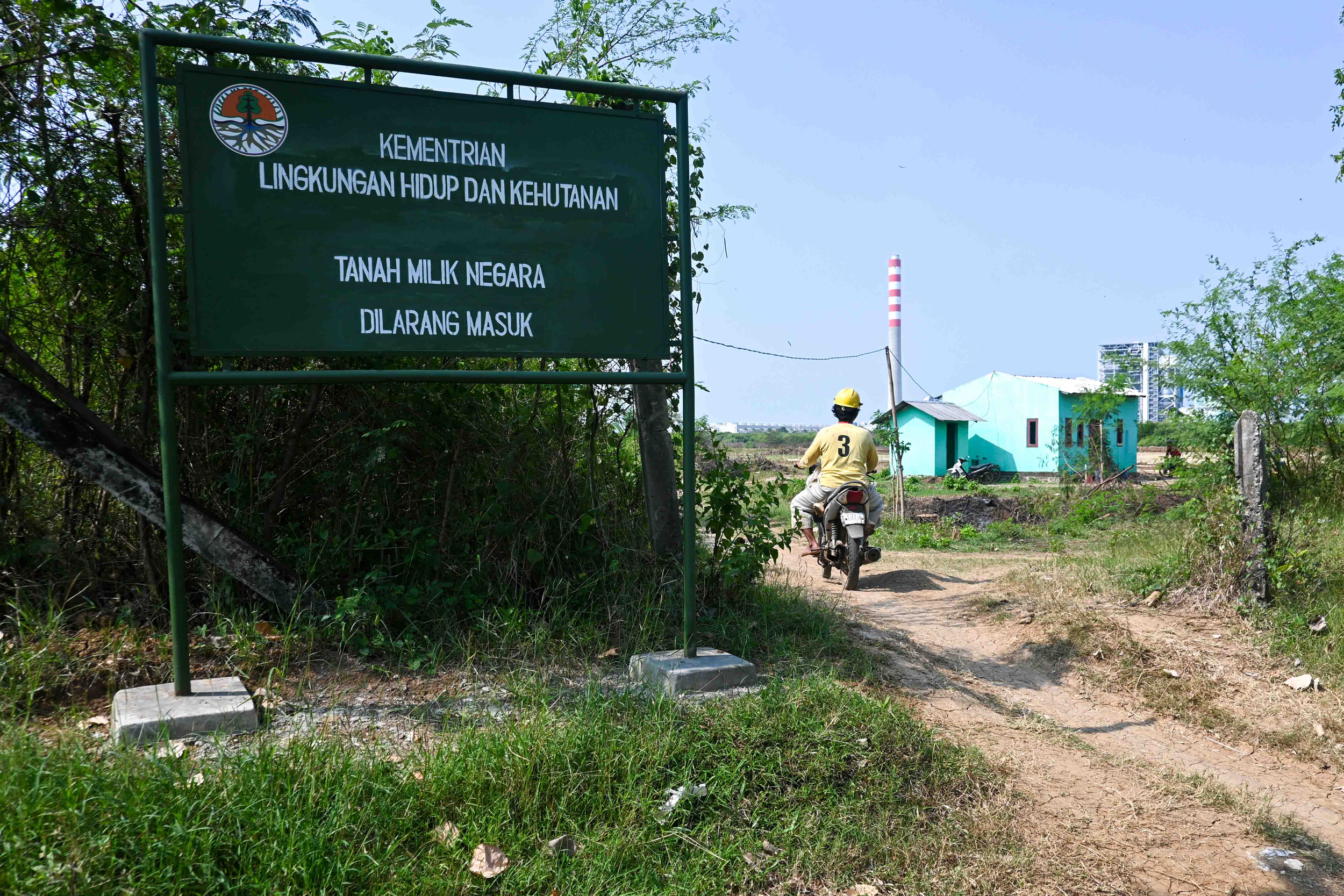
The Bank will help find replacement renewable power when Cirebon is retired, but no decisions will be made on the replacement power until closer to 2035, when the Bank can evaluate renewable energy options.
“Cirebon has to happen,” said Deon Arinaldo, the energy transformation program manager at the Institute for Essential Services Reform (IESR), an energy think tank based in Jakarta. “Otherwise, you can forget about the discussion of coal-fired power plant retirement for the next two to three years. If it’s a success, then we could continue the advocacy, and if it’s not we have to deal with other strategies. Everybody is looking at Cirebon.”
JETP Impediments
While the stakes for the JETP in Indonesia are enormous, the impediments to its success are many, beginning with a lack of money. When developing the investment plan for Indonesia’s JETP, Edo Mahendra, chairperson of the new Indonesia Energy Transition Implementation Joint Office and former head of the JETP Secretariat, projected that Indonesia needs $97.3 billion by 2030 to hit the partnership’s power sector pathway target of 44 percent renewables, almost five times more than the JETP has pledged.
Another challenge is the slow timeline for the commitment and disbursement of JETP funds. Nearly two years have passed since Indonesia’s JETP launch with minimal disbursements of its financing.
The JETP Secretariat received news in July that the U.S. Congress approved a $1 billion guarantee, but the U.S. government, Indonesian government and World Bank, the entity allocating the guarantee, are still developing the deal structure. The $1 billion U.K. guarantee is still under negotiation.
According to the JETP Indonesia website, there are 19 ongoing grant and technical assistance programs worth a total of $144.6 million, but the total amount of the $21.6 billion now under negotiation among IPG countries, private banks, and the Indonesian government is not yet public.
And much work must be done before any funds can be committed. Many infrastructure projects require two-to-three years to evaluate, and then an additional two-to-three years for financing to be dispersed, said Refi Kunaefi, Managing Director at Akuo Energy, a renewable energy developer in Indonesia.
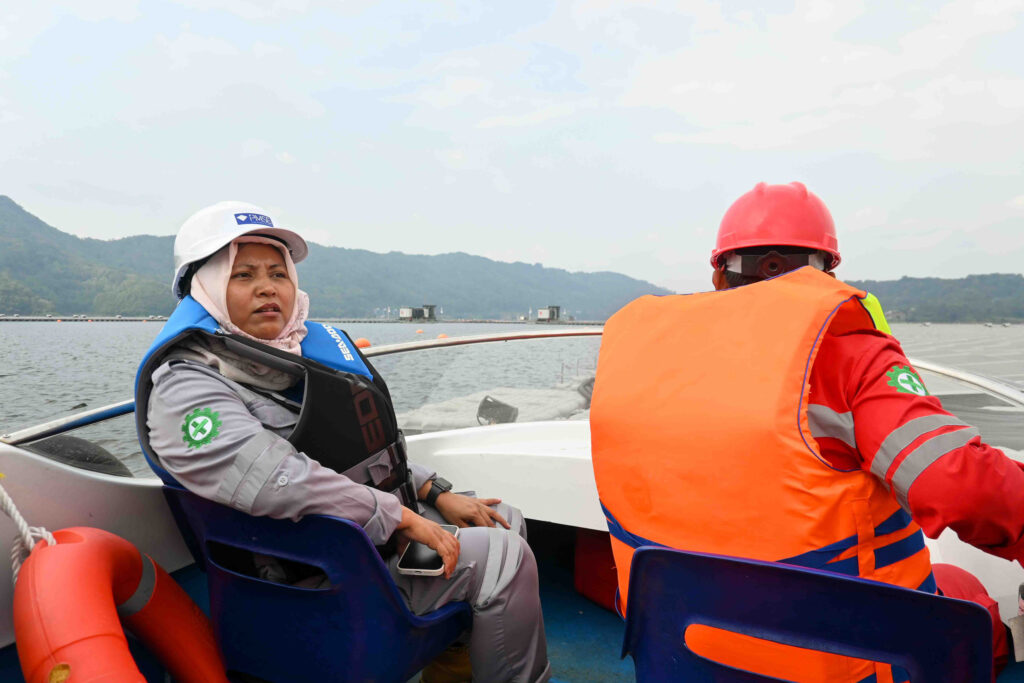
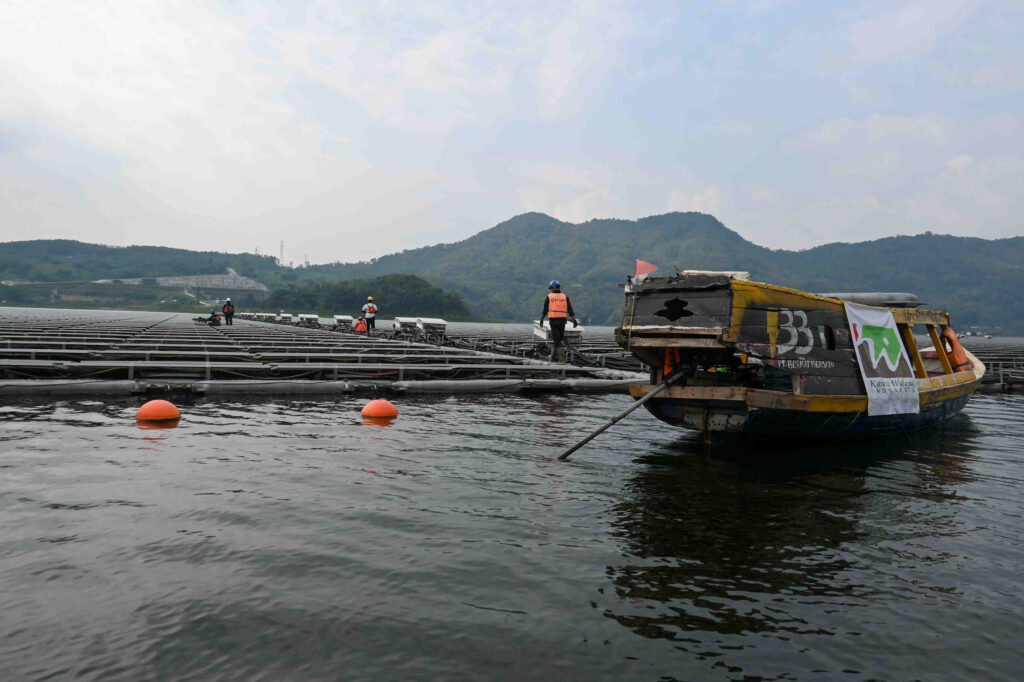
If the financing flow is not accelerated, he said, the JETP won’t be able to meet its disbursement timeline of three-to-five years from November 2023 that was set forth in its original investment and policy plan. While it remains unclear how strict this timeline will be, members of the secretariat said they are worried that most of the JETP money will not be mobilized.
“This will require a lot of effort, and I think the government of Indonesia is starting to feel discouraged with the slow progress of pledged disbursement,” said Marlistya Citraningrum, the sustainable energy access program manager at IESR.
An additional challenge for the partnership stems from the Indonesian government’s realization that most JETP money doesn’t come in the form of grants, as officials had been expecting, but loans and debt guarantees that must be repaid.
“The partnership is unlike what some people depicted, like Santa Claus and a good boy, but actually more akin to personal trainers with a client,” said Rachmat Kaimuddin, deputy minister for infrastructure and transportation coordination in the Coordinating Ministry of Maritime Affairs and Investment, while mapping out the details of the JETP on a whiteboard in his office.
And if governments do step up and provide no-cost grants or loans at low-cost concessional rates, said Mahendra, that would make private-sector loans less attractive, since they come at the more expensive commercial rate. And, if the full $10 billion private finance commitment cannot be mobilized, this will reduce the JETP’s $21.6 billion in targeting funding.
This story is funded by readers like you.
Our nonprofit newsroom provides award-winning climate coverage free of charge and advertising. We rely on donations from readers like you to keep going. Please donate now to support our work.
Still another surprise for the Indonesian government is that, for the most part, the JETP money isn’t new. “A lot of the JETP is actually tagging existing commitments that we already have,” Kaimuddin said.
A good example of this is the early retirement of the Cirebon coal plant, which the Asian Development Bank had been working on since 2021 as part of their Energy Transition Mechanism (ETM) initiative before the JETP existed. Now, the Cirebon deal has been relabeled to become part of the JETP.
A final challenge for the JETP has to do with nickel. While Indonesia pledged to stop commissioning new coal plants for energy, it still has privately-owned plants for other uses like nickel smelting. Indonesia now produces around half of the world’s nickel supply, critical for electric vehicle batteries and steel. Coal consumption in Indonesia increased 33 percent from 2021 to 2022, in large part from nickel smelting, contributing to a 20.3 percent increase in Indonesia’s carbon emissions in one year and making the transition to net zero that much harder.
How the JETP Is Succeeding
Despite these challenges, the JETP remains a cause for cautious optimism. The Indonesian Energy Transition Implementation Joint Office, headed by Mahendra, opened in January 2024 and has already helped create momentum for the nation’s energy transition.
Lazeena Rahman, the senior climate finance specialist at the Asian Development Bank leading the Cirebon deal, said the JETP has been great for Indonesia by incentivizing the creation of a central body, like Mahendra’s office, to coordinate on the transition.
Rahman said that before the JETP, lenders like the development bank had to have individual conversations with various stakeholders involved in renewable energy projects before reaching a deal. She said her bank can now go directly to Mahendra’s office instead of making multiple rounds. “I think other countries could learn from this,” she said.
The JETP has also become a brand endorsed by leaders of the free world, which has helped accelerate Indonesia’s energy transition and captured people’s attention.
“The JETP brand pushes Indonesia to accelerate and to change the way we coordinate,” Mahendra said. “We wouldn’t have this acceleration of the energy transition in Indonesia if we didn’t have the JETP.”
Part of this acceleration stems from the JETP serving as an accountability mechanism for Indonesia. According to Puti Faraniza, who works on local financing for JETP projects, the International Partners Group puts pressure on the Indonesian government to realize the JETP ambitions.
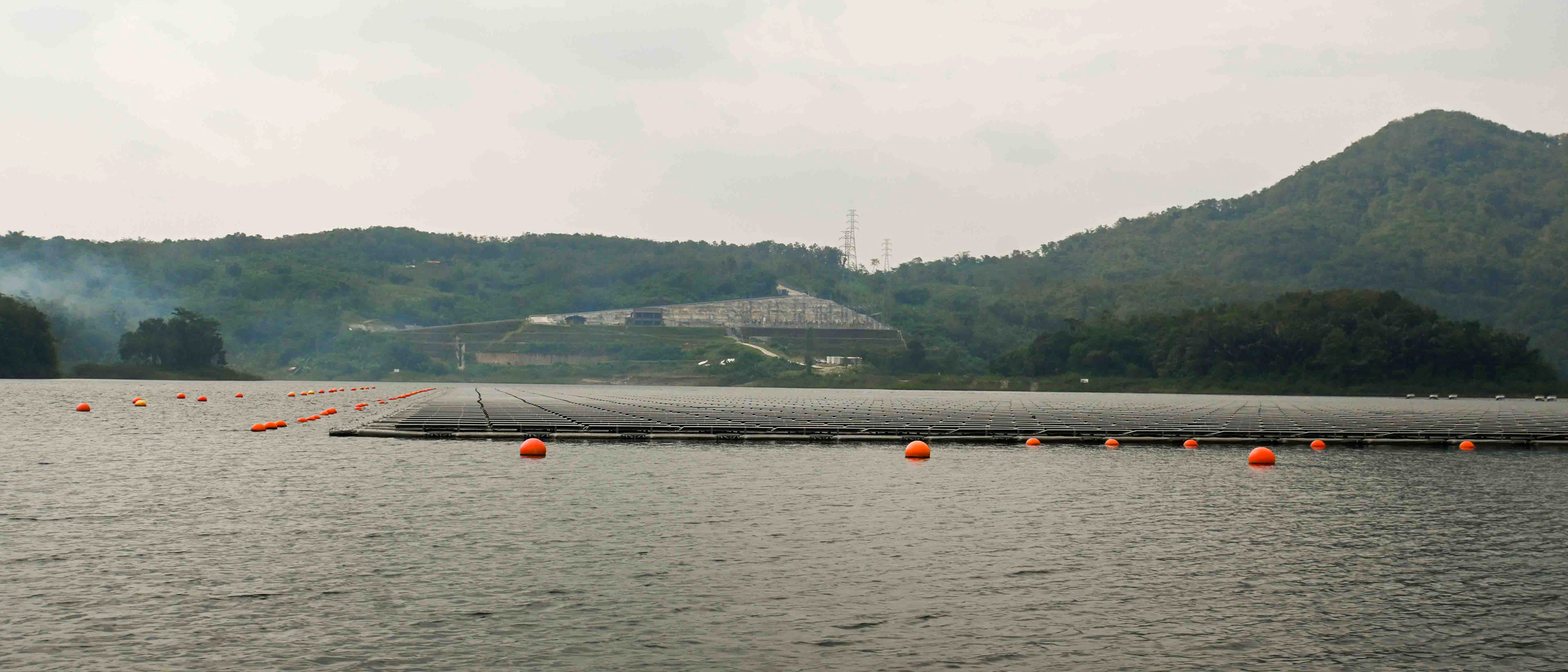
The JETP investment and policy plan identified more than 400 priority projects in Indonesia in November 2023. And other renewable projects in Indonesia that are not part of the JETP are up-and-running, including Cirata Floating Solar. Solar energy alone reached over 322 megawatts in 2023, an increase of over 800 percent for Indonesia in the last 10 years. And, the Indonesian government’s power sector plan for 2021 through 2030 designated more than 50 percent of new projects as renewable energy, the highest percentage ever.
Achieving net zero in the power sector will, of course, require more than the JETP and International Partners Group, which includes the G7, Denmark and Norway.
Indonesian government officials said that China and the Middle East are more competitive in the bidding process for renewable projects than the IPG countries because they have lower financing rates.
As far as the Indonesian government is concerned, it doesn’t matter who wins the bidding process for renewables as long as projects get financed and the renewable energy mix increases.
Back in his office, Deputy Minister Kaimuddin determinedly marked up his whiteboard with information about the JETP. After 45 minutes, he sat down and took a pause, placing his elbows on the table with his fingers interlaced. A moment of calm for a man tasked with figuring out how to transition the power sector for the fourth most populous country in the world. The pause wasn’t very long. Then he spoke again.
It would be great if the International Partners Group could help finance the transition, he said, but if they cannot, Indonesia will find another way. “We have to,” he said again and again. “We have to.”
Additional reporting from Leo Galuh.
About This Story
Perhaps you noticed: This story, like all the news we publish, is free to read. That’s because Inside Climate News is a 501c3 nonprofit organization. We do not charge a subscription fee, lock our news behind a paywall, or clutter our website with ads. We make our news on climate and the environment freely available to you and anyone who wants it.
That’s not all. We also share our news for free with scores of other media organizations around the country. Many of them can’t afford to do environmental journalism of their own. We’ve built bureaus from coast to coast to report local stories, collaborate with local newsrooms and co-publish articles so that this vital work is shared as widely as possible.
Two of us launched ICN in 2007. Six years later we earned a Pulitzer Prize for National Reporting, and now we run the oldest and largest dedicated climate newsroom in the nation. We tell the story in all its complexity. We hold polluters accountable. We expose environmental injustice. We debunk misinformation. We scrutinize solutions and inspire action.
Donations from readers like you fund every aspect of what we do. If you don’t already, will you support our ongoing work, our reporting on the biggest crisis facing our planet, and help us reach even more readers in more places?
Please take a moment to make a tax-deductible donation. Every one of them makes a difference.
Thank you,
Search
RECENT PRESS RELEASES
Related Post

